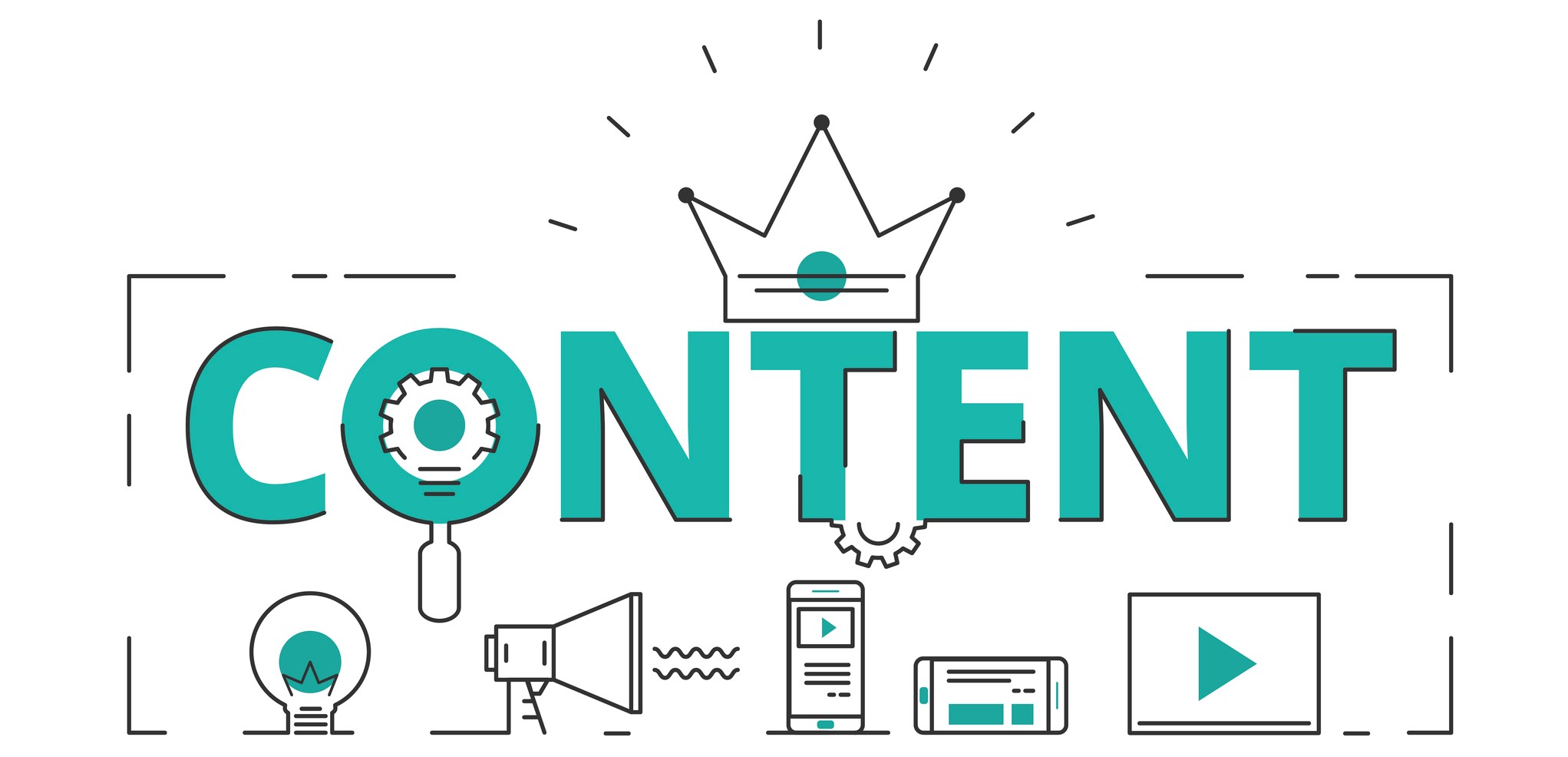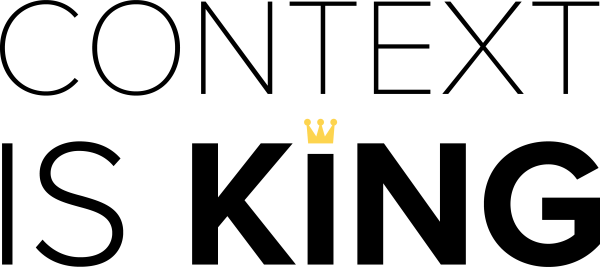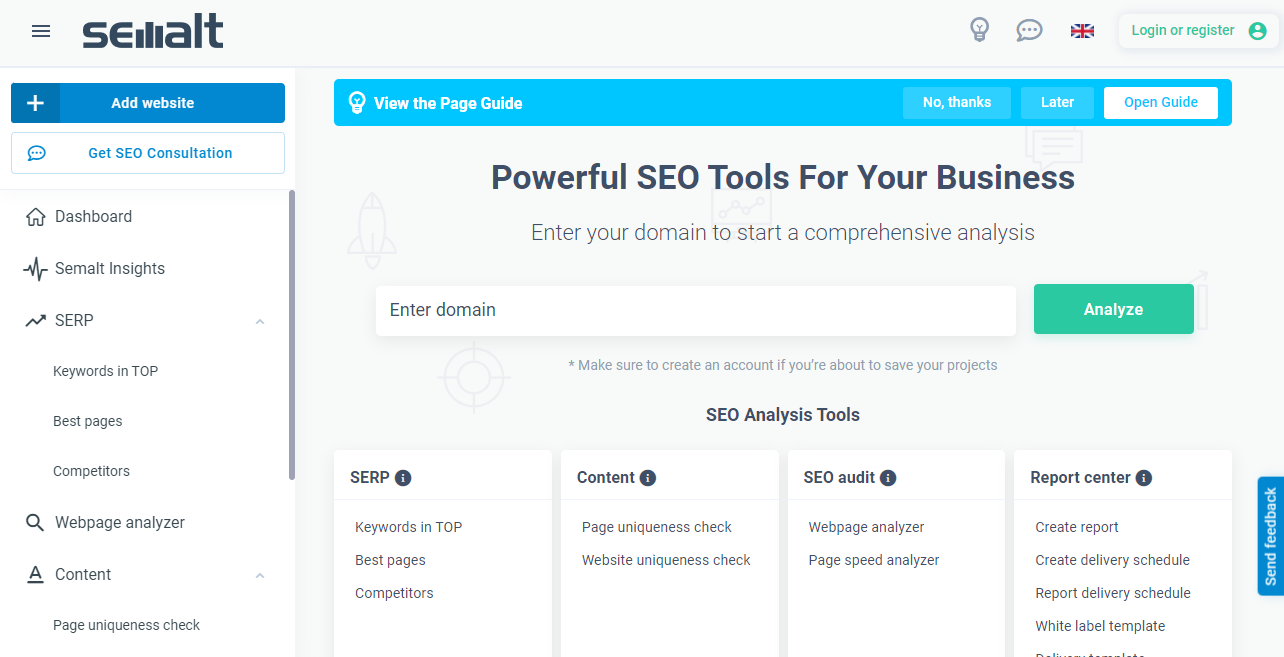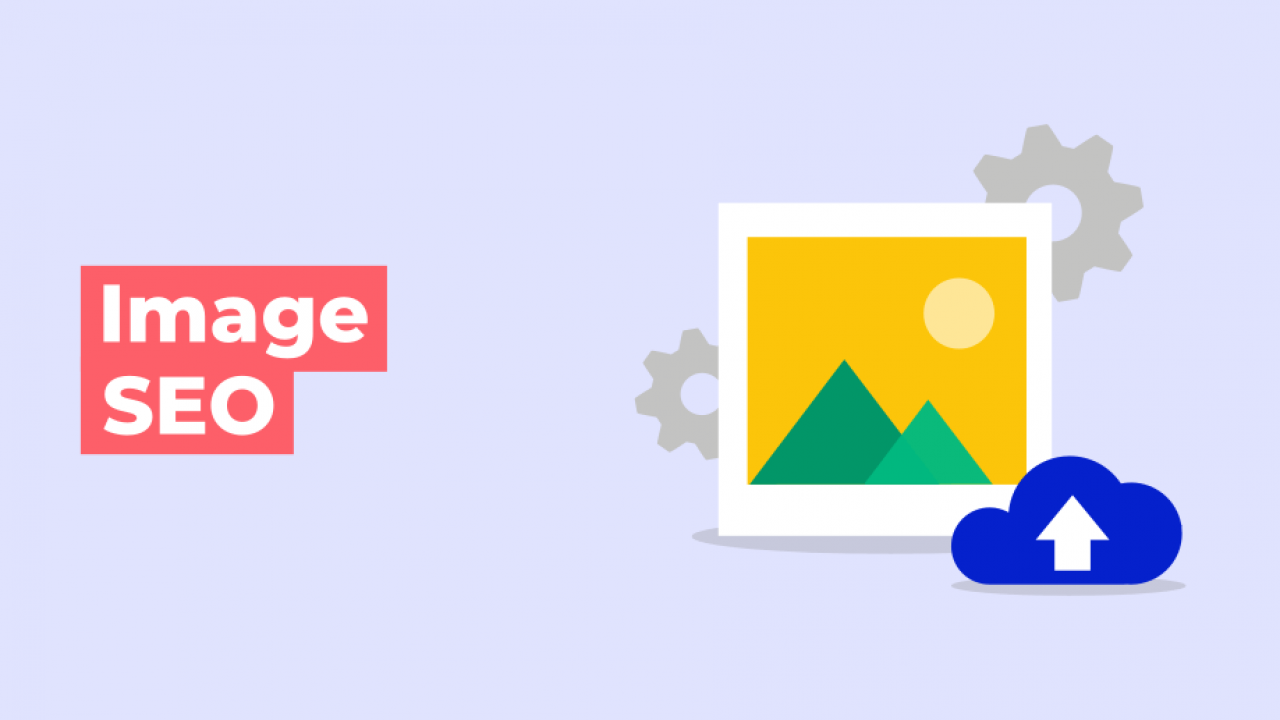10 SEO Quick Wins Worth Trying According To Semalt

Small effort, big effect: search engine optimization (SEO) can be launched in a few extremely effective steps, called SEO quick wins.
It is obvious that SEO is becoming more and more relevant. After all, people are primarily looking online for relevant companies, services, and products. Those that rank high in the search engines receive more traffic - and thus the opportunity to convert users into customers. All you need is to understand what users and search engines expect.
We show you with 10 SEO Quick Wins what is important in SEO to get more results!
1. Snippet optimization
The snippet is the face of your website in the search engine results lists. However, it is sometimes overlooked - and SEO opportunities are missed.
Short checklist for optimal, search engine friendly snippets:
- Place 1-2 main keywords in the URL, title tag, and meta description
- If possible, put the main keyword at the beginning of the title tag and description
- Formulate the title and description in a unique way and in terms of content to match the content of the page
Bonus tips: if the text is properly equipped with structured data, the chances of extended rich snippets being displayed in Google increases. Enriched snippets are automatically displayed by Google, clean website structures and contact information are here paid for with each snippet!
2. Content Recycling

Content is already there, but not quite up to date anymore? Well-researched, helpful, or otherwise useful content doesn't need to be forgotten. It often helps if you polish them up a bit:
- Add innovations / changes and republish blog articles so that the publication date is updated.
- Merge thematically related information and create holistic content islands that contain videos, other documents, FAQs, etc. in addition to text.
- Supplement pure text deserts with other media formats, for example with podcast or video recordings, suitable infographics, or visuals suitable for sharing. Plus: Don't forget the structuring, see point 3.
Even outdated websites, posts, and articles with consistently good views should always remain part of your SEO strategy.
However, part of a good SEO strategy is also to remove content that does not add any further value. That means: Checking the views of your posts in a content audit and deleting those that have no or very few views.
3. Content is king!

In order for content to be evaluated positively by search engines, and therefore ranked well, it must be prepared accordingly. The following applies to basically readable and structured content.
Keep sentences short and understandable
Convoluted sentences are harder to read and more likely to cause users to leave the site quickly!
Pay attention to positive and active wording. This makes it much easier to read and process information.
Structure texts into small units of knowledge
Use subheadings, emphases, lists, or numbers. And, of course, adapt to the target group and its needs. Industry-specific terminology and appropriate formulations delight the user and provide important clues for Google as to whether the content matches the selected keyword.
Bonus tip: The correct structuring with H tags (titles) is not optional, but mandatory - although it is sometimes forgotten. Therefore: assign the H1 with the important main keyword as the content title once. This should be followed by H2 headings and, if necessary, the corresponding H3 headings for more in-depth aspects. In addition to the main keyword, secondary keywords should also be used here.
4. Context is king!

Content is important, but context is almost more important. It decides whether the content is ranked as relevant or not. For an initial optimization of the search experience, check:
- Are users expecting the topic and this content on the site?
- Do the other media included in the content complement the topic?
- Does the content provide value to site visitors?
Google uses sophisticated content analysis to compare the context and content of a website. Inbound and outbound links, image material, alt tags, and URL structure are included here, among other things.
The famous guest article on any link exchange site has virtually - if any - no negative effect on ranking, SEO, and marketing. A holistically designed article, which is often linked in the industry, on the other hand? It pays off for your rankings!
Bonus tips: content written for search engines tends to be immediately recognizable - and is clearly inferior to content written for real users. Always write articles, posts, or product information for the real target person.
5. Analyze the keywords, but correctly!

No ranking without keywords. So far, so logical. But how to identify as quickly as possible the keywords with which SEO is paying? Very easily:
Keywords with the lowest possible competition and reasonable search volume promise the greatest success in rapid search engine optimization. Instead of searching for individual keywords, you should also search for long-tail keywords consisting of several terms. They are ideal for solving the problems that bring your customers to the website.
Bonus tips for easy quick SEO wins: use an SEO tool such as the Dedicate SEO Dashboard to identify the highest-ranking keywords. Usually, only minor changes, for example in the title and meta description, or via proper image referencing are needed to bring these relatively high-ranking pages to the top of the first page on Google.
6. Eliminate duplicate content
Duplicate content (DC) can lead to a lower ranking. This applies to content on your own website as well as online content on other websites. In order to achieve quick success with SEO, the following applies: duplicate content must go!
This is the fastest way:
- Identify duplicate content using appropriate tools such as the Dedicate SEO Dashboard;
- request an adjustment or a deletion on external pages and/or set up canonical (self-referencing) tags;
- reformulate duplicate content or implement canonical tags on internal pages where possible;
- Remove avoidable duplicate content in store systems, formulate unique category and product descriptions, and use canonical tags.

Store systems themselves generate more duplicate content when category and product pages are indexed. It's worth taking a close look here. Most importantly, it's worth investing in individual product and category texts! Even though it is tempting to copy the manufacturer's information 1:1 and use it immediately in the store: in the long run, unique product texts tailored to the user and his purchasing wishes are much better ranked.
Canonical tags are suitable for informing search engines about the order of original and subsequently copied content. Originals are ranked as more relevant and therefore generally rank much higher.
7. SEO of images

Especially with images, this shows that there is still a lot of room for improvement in terms of optimization. In other words: there is a lot to do, but it is also extremely promising in terms of SEO quick wins.
Is your website accessible? Then most of the points are probably at least partially met. If not, adding descriptive file names, captions, and especially setting alt and title tags is overdue. The description of the image content in the alt tag is particularly important for search engine optimization. The title tag of an image is set more for usability reasons if the caption is missing.
The best way to check if and, if so, what you should do for proper image SEO is to use this list:
- Are there matching keywords in the file names of the visuals?
- Are the source / ALT and title tags short, clear, and concise?
- Have you formulated an appropriate caption including the associated keyword?
- Do the text, images, and keywords used match thematically?
- Are image sizes optimized appropriately for mobile / computer search?
Pure formality first: image referencing starts with naming the files themselves. For example, xxfgg_2020-07.jpg may be sufficient in the first stage of content production. For SEO purposes, file names such as company_name-main_keyword-textpage-1.png make much more sense. Internet-friendly file formats such as .jpg, .png, or the WebP format developed by Google also reduce loading times, provided the images are stored in appropriate sizes. And that, in turn, likes Google, especially since its mobile-first approach.
Bonus tips: professionals structure images in folders on the server from the start, each with appropriate keywords in the folder name.
8. Take full advantage of Google's resources
And that means first and foremost the Google Search Console (GSC). It provides a wealth of data and information for the first steps in digital marketing and SEO. All that matters above all:
- Indexing status, including the number of unindexed pages
- crawl error
- searches
- Linking pages and landing pages
The GSC is a real data source for SEO beginners. As a first step, check if all subpages of your website are indexed - and where the errors are. In addition to pointing out possible errors, the search console also offers suggested solutions. Especially after a content audit or a major relaunch, it is possible that not all websites have been included in the index. And if it is not in the index, it cannot be found!
Important: Submitting an updated HTML and XML sitemap can significantly speed up indexing after a relaunch. Is there no sitemap stored yet? If so, you should submit one now at the latest.
Crawl errors are another very important point for quick SEO gains. The robots.txt file usually contains instructions for search engine spiders about which pages and files can be included in the index - and which cannot.
Check for crawl errors that indicate unintentionally excluded websites. If so, adjust the robots.txt file and manually trigger the crawling of unindexed pages.
Bonus tip: Have you ever looked at the GSC searches? Professionals analyze this section and draw conclusions as to which pages could achieve better ranking positions relatively quickly with little effort. In addition, search queries often offer good approaches to discovering long-tail keywords in previously unconsidered combinations.
9. Page speed rules!

Slow websites are frustrating for users. Three seconds is the absolute maximum invested in average time. If the page is not or not fully loaded by then, the user clicks on it. Google knows this too - and therefore makes PageSpeed a decisive factor in assessing the suitability of the website.
Fast SEO Quick Wins for better load times:
- Reduce, compress and possibly use modern image formats for oversized image files
- If necessary, completely remove unused graphics and images
- Streamline program code and minimize CSS, HTML, and JavaScript files (wherever possible!)
- Optimize server-side response times
- Reduce redirects
- Use browser caching
- Switch to content delivery networks (CDN)
In the tools for Core Web Vitals, Google provides not only a pure performance evaluation, but also information about individual building sites. Use the tips to improve PageSpeed, but: Never at the expense of usability. If the performance is top-notch, but the site is neither beautiful nor convenient to use, search engine optimization will come to nothing.
Bonus tips: This SEO quick win is checked the fastest in combination with tips 3, 6, and 7. It is best to note the PageSpeed before starting the optimization process and check in the middle and at the end if there is anything left to do in terms of load time.
10. The correct link must be learned

Small effort, big effect. Internal links are completely underrated, but important tools for proper keyword placement. They make it easier for users to navigate a topic and link to related subpages of a website - without artificially inflating the actual navigation.
Google rewards successful internal linking (as well as: link love, link juice). This shows someone understood that it's about the users and their desire for relevant content!
Do a quick check-up with a tool and check the existing links:
- Is the anchor text meaningful or specifically integrated into the body of the text?
- Is the most important keyword used at the beginning of the content?
- Do the keywords and the pages giving and receiving the links agree thematically?
- Are classification tags (if necessary) correctly defined for nofollow, UGC, or sponsored content?
Non-verbal words such as "PDF", "Here" or "Click" are inappropriate. Use the anchor text as an indication of what the user can expect behind it. Long-tail keyword combinations are especially good at this point!
Conclusion on the 10 SEO Quick Wins
These 10 SEO Quick Wins have everything you need to get started with the topic of SEO. Not bad for a first step, right? You can get in-depth analysis and long-term performance-based support from SEO agencies like us.